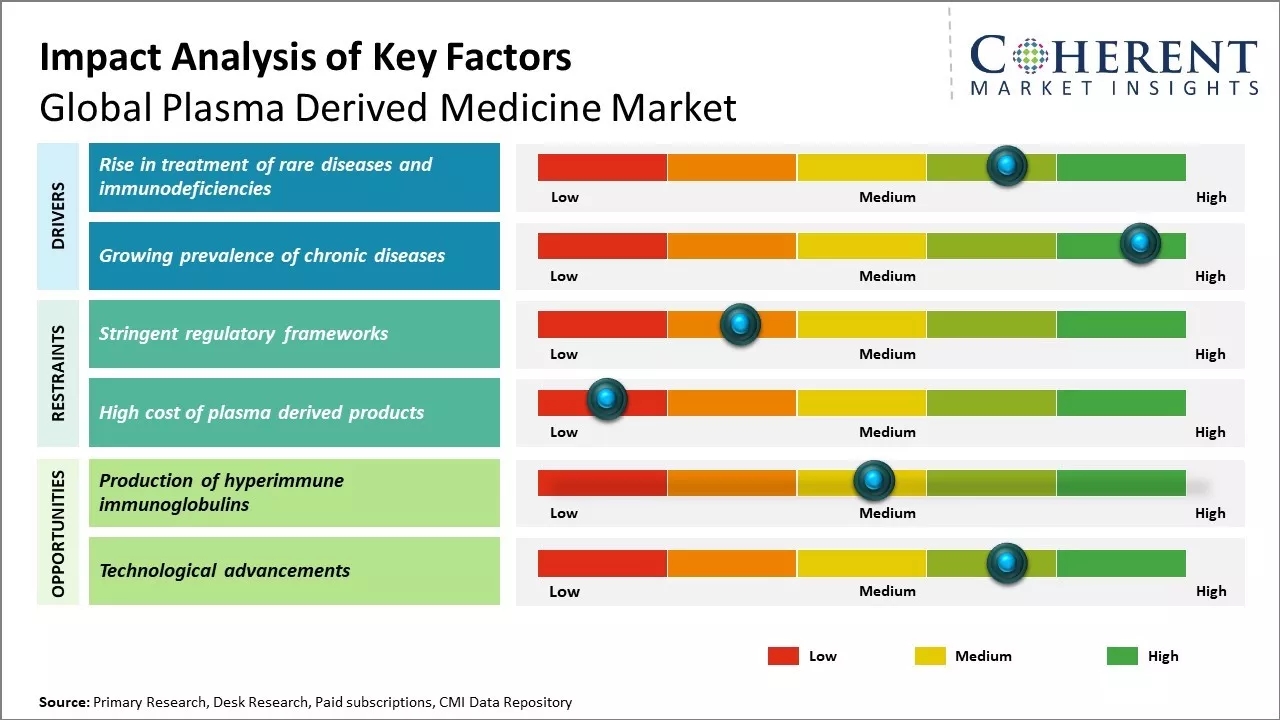Global plasma derived medicine market is estimated to be valued at USD 19.87 Bn in 2025 and is expected to reach USD 32.77 Bn by 2032, exhibiting a compound annual growth rate (CAGR) of 7.4% from 2025 to 2032.

To learn more about this report, Request sample copy
The market growth is driven by rising prevalence of life-threatening diseases and increasing demand for plasma derived products for treating rare diseases. Plasma derived medicines play a crucial role in the treatment of various disease indications such as primary immunodeficiency, bleeding disorders, and other conditions where replacement clotting factors are required. With no effective substitutes available for plasma derived products and development of newer therapies, there will be huge demand for plasma derived medicines over the forecast period.
Market Driver - Rise in treatment of rare diseases and immunodeficiencies
There has been increase in usage of plasma derived medicines for the treatment of rare diseases and immunodeficiencies. Plasma derived medicines contain therapeutic plasma proteins that come from donated human blood and serve as crucial treatment options for patients who lack naturally occurring proteins in their blood. Various immunodeficient conditions such as primary immunodeficiencies that weaken patient’s immune systems rely majorly on plasma derived medicines. Growing diagnosis rates of these rare conditions coupled with expanding knowledge about their clinical manifestations and available therapeutic interventions has boosted demand for plasma derived products.
Rising survival rates of patients with rare and complex diseases due to improved management has led to increase in patients requiring long term management with plasma therapies. Multiple companies are actively involved in research and development of plasma derived therapies for rare diseases as many of these conditions lack alternative treatment options. Regulatory bodies have also simplified approval pathways and provided market exclusivity incentives for orphan drugs, encouraging pharmaceutical firms to invest in developing medicines for unmet medical needs of small patient populations. Furthermore, patient advocacy groups have raised significant awareness about rare diseases, helping to accelerate diagnosis and expand the pool of patients identified for long term plasma replacement therapies.
Joining thousands of companies around the world committed to making the Excellent Business Solutions.
View All Our Clients